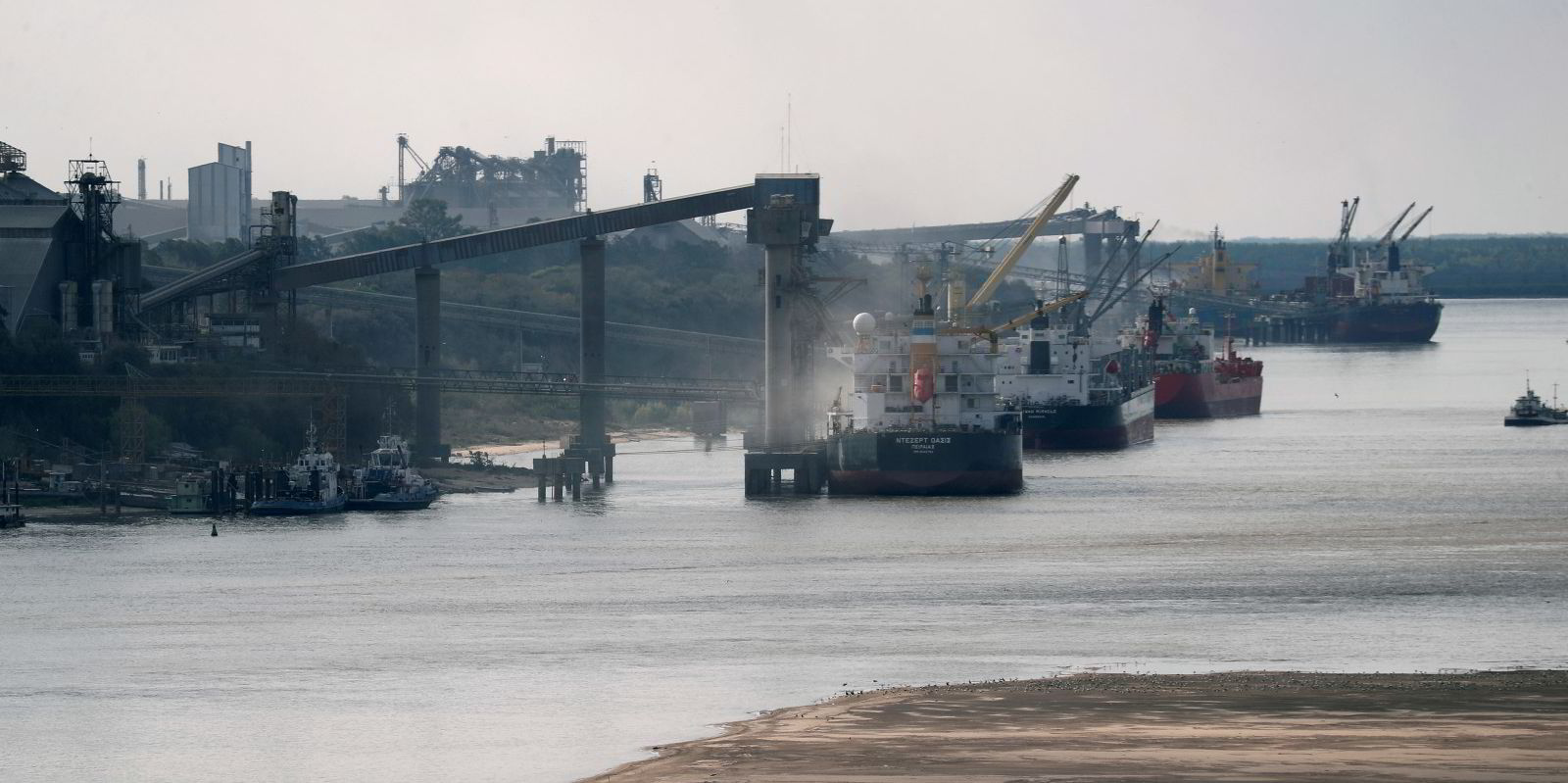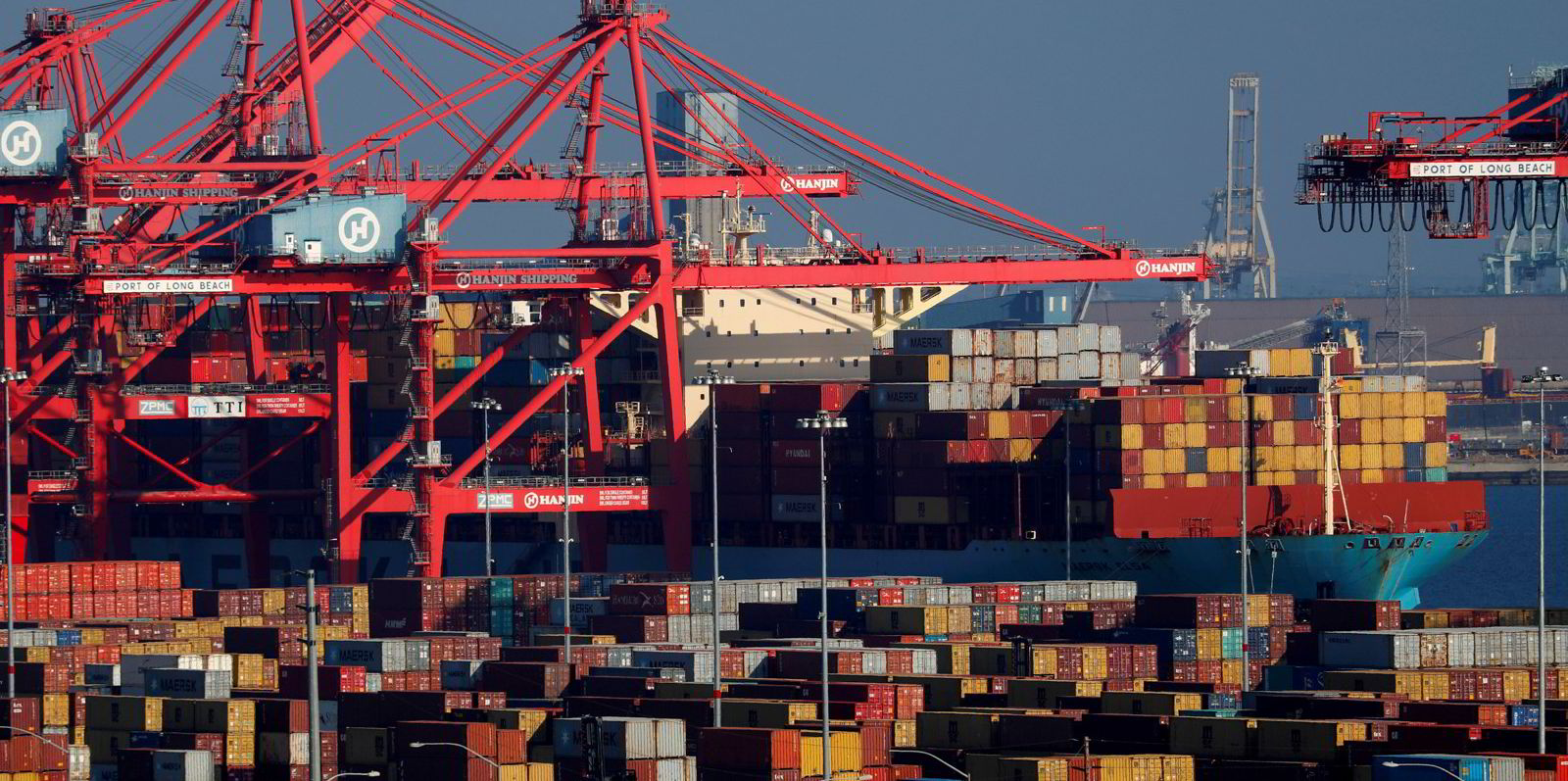The strength of the capesize market in January has galvanised dry bulk sentiment, but it could be the panamaxes and smaller bulkers that take the driver’s seat in 2021.
Dry bulk freight markets got off to an unexpectedly strong start, with the average for the Baltic Dry Index (BDI) in January at its highest in more than a decade. The Baltic Capesize Index had its strongest January since 2010 and period rates for one year reached the highest levels since last summer.
Historically, the first quarter tends to be the weakest for bulkers as the market winds down in the run-up to the Chinese new year festivities. Incentives in China to encourage workers to stay put during the holiday season and prevent the spread of Covid-19 meant some factories remained open, which cushioned the usual market dip.
However, towards the end of January, capesize rates changed direction as the usual seasonal lull finally took hold and the market began to fall in reaction to the measures introduced in China in December to calm domestic iron ore price rises.
Positive momentum
On the whole, capesizes tend to lead the market in either direction, with volatility eventually filtering through to the smaller sizes, so it has come as a surprise to some to see the panamax, supramax and handysize markets not only moving in the opposite direction but achieving the highest levels in 11 years, with the Baltic Panamax Index hitting 2,518 in mid-February. What’s more, the market fundamentals for this year are looking up for the panamax sector and below.
At the time of writing, panamaxes were outperforming capesizes on the spot market. On the period front, the panamax sector has experienced higher year-on-year increases, with one-year rates up 24% from last year to an average of $13,188 per day.

As panamaxes become more expensive, there is also greater incentive to split their cargoes on to smaller ships, which is adding to the positive momentum for supramaxes and handysizes. This value spike is caused by a perfect storm of factors at play that boosted the medium-sized and smaller bulkers, particularly in the Pacific, where the freight market is particularly strong at the moment.
Capesizes tend to lead the market ... so it is a surprise to some to see the panamax, supramax and handysize markets not only moving in the opposite direction but achieving the highest levels in 11 years
The unofficial ban on Australian coal to China has taken dozens of bulkers out of the market, with around 60 vessels waiting off the coast of China to discharge their cargo. In turn, this has led to an increase in Indonesian coal exports to China. In the short term, the cold snap in the northern hemisphere has increased coal demand and provided an additional bonus for panamaxes.
As countries emerge from the pandemic and vaccines are rolled out, we are seeing global commodity restocking. With commodity prices healthy, there is much positivity in this area, and this is where the smaller bulkers have an advantage over the capesizes, thanks to their versatility in carrying a wider range of cargoes. China is, of course, the forerunner in this market rally with robust demand, providing a boost for the corn and soybean trade.
The latest five-year plan from Beijing is expected to have a stronger emphasis on food security management than ever, by focusing on market stabilisation and grain management.
Increased grain commodities are forecast to come from the US, where traditional trade levels are expected to resume, leaving behind the impact of the US-China trade wars and the 2019 swine fever outbreak that reduced Chinese feedstock demand.
After a strong start to the year in what is traditionally a subdued season for this sector, it will be interesting to see how this market plays out as the Far East returns to work following the holiday period.
With no end in sight in the short term for commodity demand, the future for bulkers looks promising.
Rebecca Galanopoulos Jones is head of research at shipbroker Alibra Shipping
Do you have an opinion to share? Email: news@tradewindsnews.com





